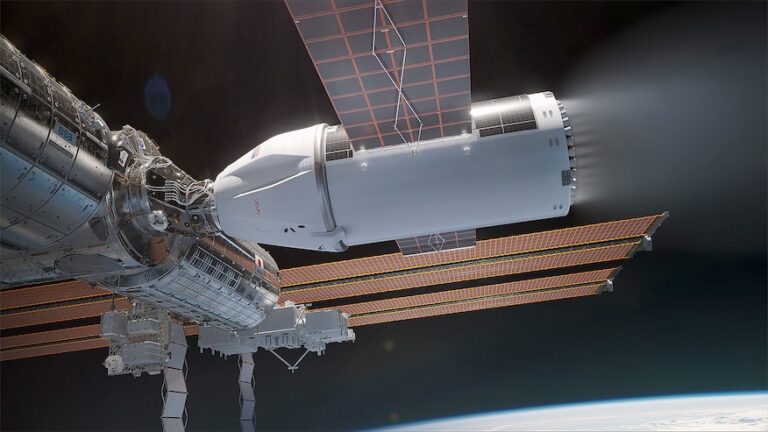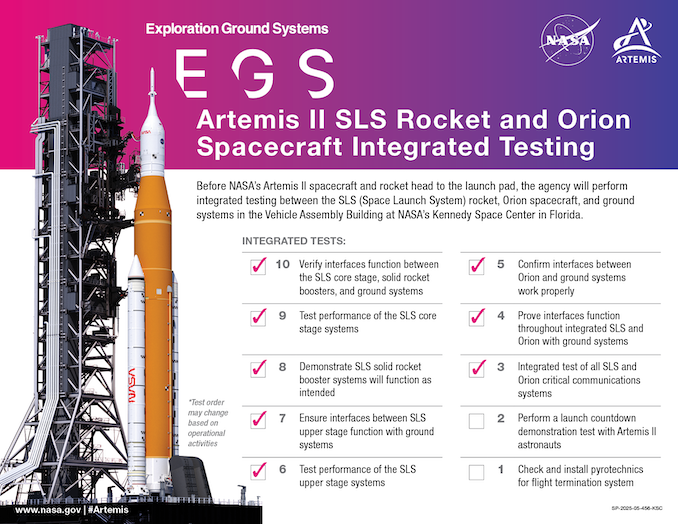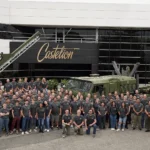Now Reading: SpaceX launches first flight-proven Super Heavy booster, loses control of Starship mid-flight
-
01
SpaceX launches first flight-proven Super Heavy booster, loses control of Starship mid-flight
SpaceX launches first flight-proven Super Heavy booster, loses control of Starship mid-flight

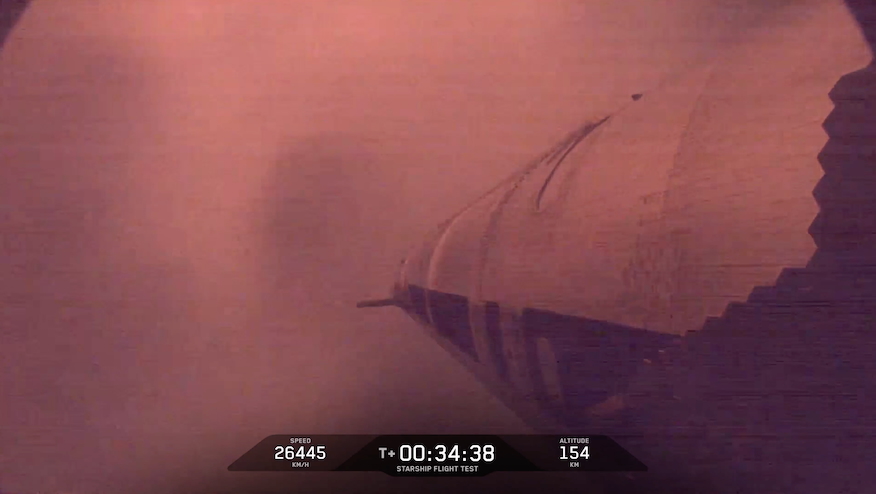
SpaceX hit another roadblock on its quest to “make life multiplanetary.” During the ninth flight of its integrated Starship-Super Heavy rocket on Tuesday, the vehicle once again failed to complete a full flight as intended, losing its ability to control its orientation a little more than 20 minutes into the flight.
SpaceX pulled away from showing live imagery from the upper stage for about 10 minutes. When camera views resumed about 30 minutes into the flight, Starship could be seen beginning to spin.
“Starship made it to the scheduled ship engine cutoff, so big improvement over last flight! Also, no significant loss of heat shield tiles during ascent,” said SpaceX Founder Elon Musk in a post-launch statement on X. “Leaks caused loss of main tank pressure during the coast and re-entry phase. Lot of good data to review.”
The mission, dubbed Starship Flight 9, was the third attempt for SpaceX to fly the upgraded, Block 2 version of its upper stage. The previous two flights saw the ship lose attitude control prior to the cutoff of its six Raptor engines, less than nine minutes into their respective ascents.
In a statement released by the Federal Aviation Administration, the agency said it was “aware an anomaly occurred during the SpaceX Starship Flight 9 mission that launched on Tuesday, May 27, from Starbase, Texas, and is actively working with SpaceX on the event.”
“There are no reports of public injury or damage to public property at this time,” the FAA said.
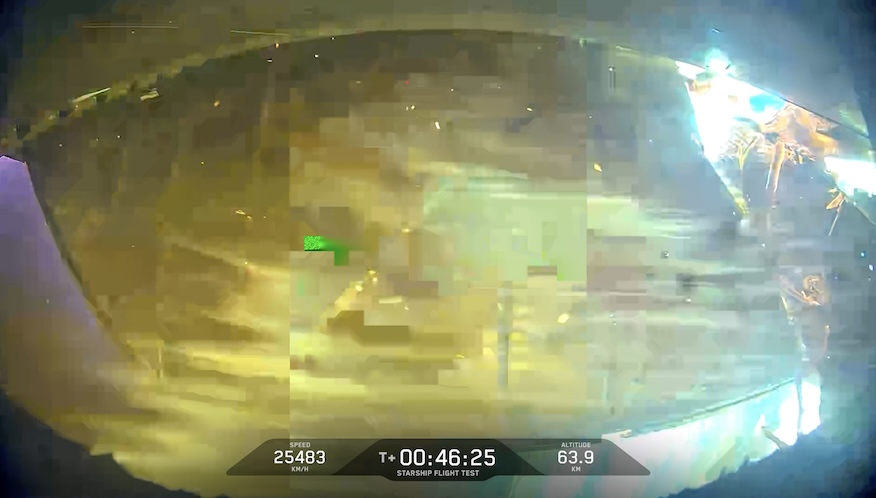
Ahead of the Starship Flight 9 mission, Musk said he would host a company talk, which was dubbed “The Road to Making Life Multplanetary,” which he said would be live-streamed. However, that was originally scheduled before the launch, then shifted to after and now appears to be off the table for the time being.
Musk did speak with a small number of news outlets in the lead up to launch, including Ars Technica. In that conversation, he said that there was an “80 percent chance of having solved those issues” connected with the upper stage.
“To really have a 100 percent chance, it requires the design iteration on the engine. And part of it was that we had to discover that we needed to tighten the bolts that attached the thrust chamber to the injector head after firing,” Musk told Ars Technica’s Eric Berger.
Musk said in that interview that SpaceX is aiming to debut the third version of its Raptor engine by the end of the year. He added that “Version 3 of the Ship and Booster has quite a radical redesign.”
While the Version 2 Starship upper stage used on this flight, tail number S35, did make it beyond point where failures happened with S33 and S34, it did hit multiple setbacks, including an issue that prevented the payload bay door from opening. SpaceX intended to release eight, large panels that simulated the size and mass of the Version 3 Starlink satellites.
The loss in attitude control of the upper stage also prevented SpaceX from conducting its planned in-space relight of one of the Raptor engines. This is a capability SpaceX will need on future missions to allow Starship to safely deorbit and perform secondary burns during a mission.
Imagery from the onboard cameras were spotty at times, but lasted past 45 minutes into the flight. Following the end of the mission, Jared Isaacman, the nominee to be the next administrator of NASA, applauded the effort made by SpaceX.
“Pretty incredible to get this kind of footage from the extreme environment of reentry. Appreciate the transparency–and bringing us space enthusiasts along through the highs and lows of a test program,” Isaacman wrote on X. “Some may focus on the lows, but behind the efforts of Starship–and other programs like New Glenn, Neutron, Vulcan, Terran, Stoke, etc–is a massive space economy taking shape: tens of thousands of jobs, billions in private investment, all aimed at truly opening the last great frontier.
“When these capabilities arrive, they will spearhead a new era of exploration and discovery–and the lows will become a chapter in a much longer story.”
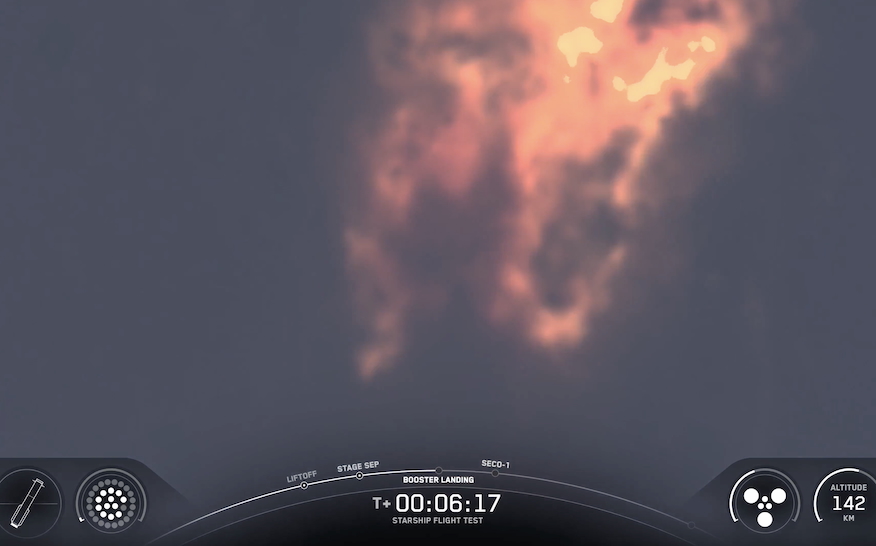
Putting aside S35, the Starship Flight 9 mission also was a hallmark for SpaceX with the first launch of a flight-proven Super Heavy booster with B14. Following a short hold in the countdown to checkout one of the Raptor engines, all 33 sprang to life to lift the more than 400-foot-tall rocket off the orbital launch mount at Pad A to begin the mission.
The rocket was able to successfully conduct the hot-staging maneuver to separate the booster from the upper stage and performed a boostback burn as intended. However, the rocket failed to complete its landing burn as designed and appeared to exploded in mid-air.
SpaceX hasn’t said when it plans to launch Starship Flight 10, but Musk said in his estimation, they are ready to go faster.
“Launch cadence for next three flights will be faster, at approximately one every three to four weeks,” he wrote on X.
Stay Informed With the Latest & Most Important News
Previous Post
Next Post
-
 012024 in Review: Highlights from NASA in Silicon Valley
012024 in Review: Highlights from NASA in Silicon Valley -
 02Panasonic Leica Summilux DG 15mm f/1.7 ASPH review
02Panasonic Leica Summilux DG 15mm f/1.7 ASPH review -
 03How New NASA, India Earth Satellite NISAR Will See Earth
03How New NASA, India Earth Satellite NISAR Will See Earth -
 04And Thus Begins A New Year For Life On Earth
04And Thus Begins A New Year For Life On Earth -
 05Astronomy Activation Ambassadors: A New Era
05Astronomy Activation Ambassadors: A New Era -
06SpaceX launch surge helps set new global launch record in 2024
-
 07From Polymerization-Enabled Folding and Assembly to Chemical Evolution: Key Processes for Emergence of Functional Polymers in the Origin of Life
07From Polymerization-Enabled Folding and Assembly to Chemical Evolution: Key Processes for Emergence of Functional Polymers in the Origin of Life












